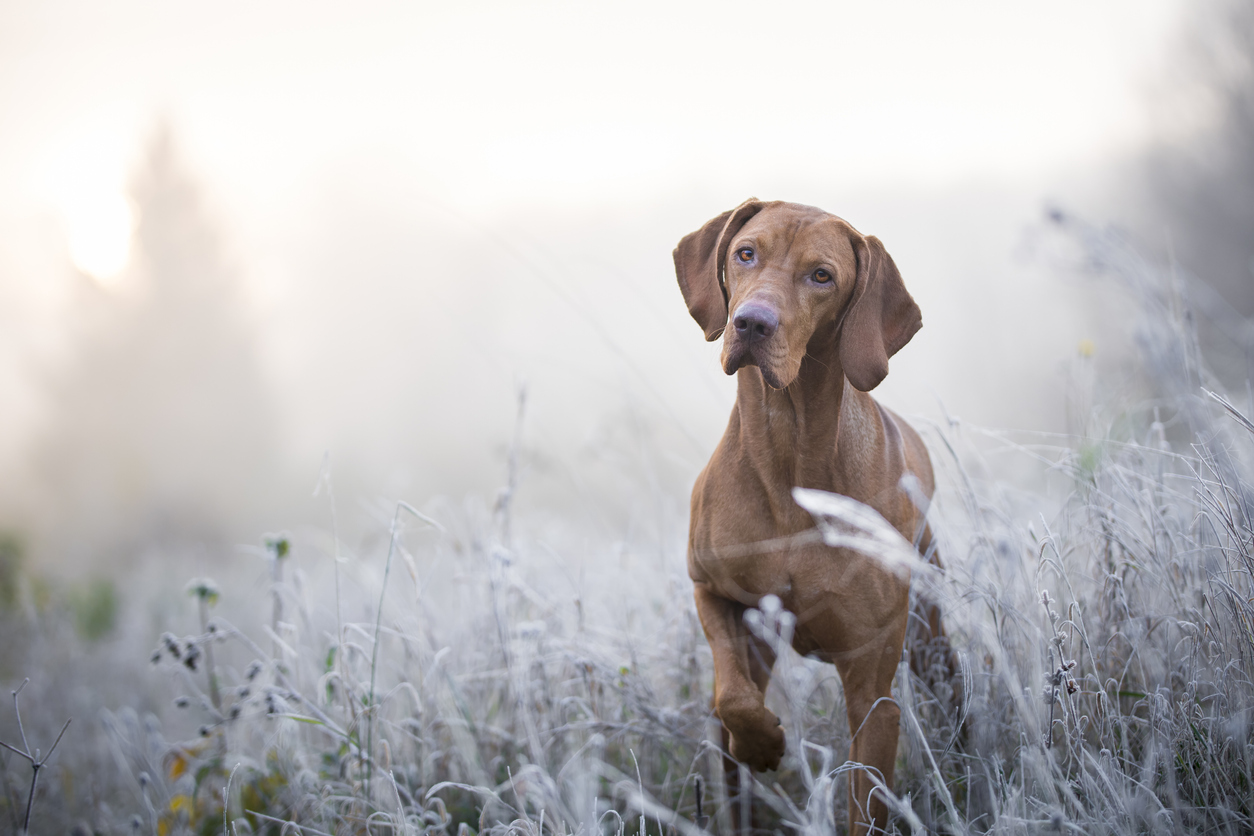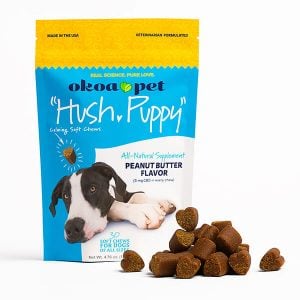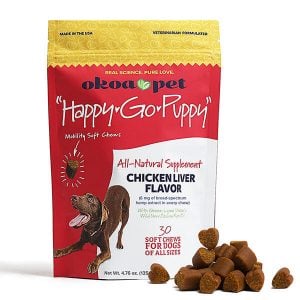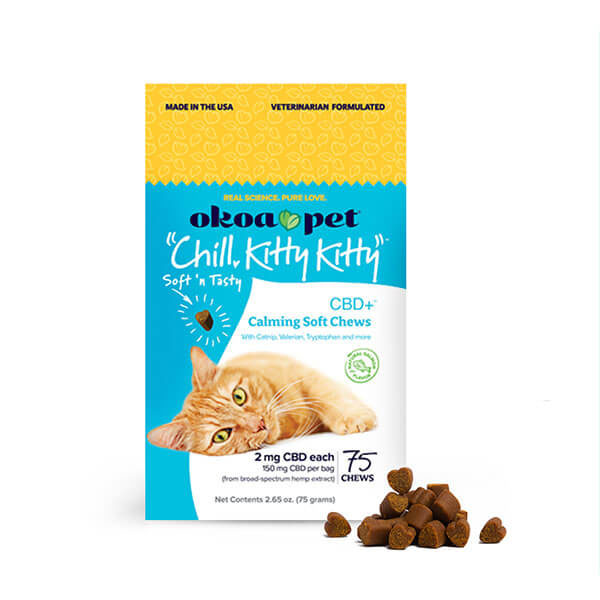7 Cold Weather Hazards That Could Prove Problematic for Your Furry Friend
During the cold winter months, you may already know about the potential hazards faced by people, including increased slip and fall risks. What you may not recognize, however, is the potential hazards to your animals. With winter approaching, you want to make sure that your furry family members are safe, comfortable, and protected, too. Make sure you’re looking out for these seven cold weather hazards.
Hazard #1: Slipping on Ice
Just like humans, dogs may struggle with slipping on the ice. They have four paws instead of two legs and generally have better balance than humans. But your furry friend can still take a significant spill, especially going down a hill or trying to get down a flight of steps in the snow. As a rule of thumb, use your own response to the weather to gauge your dog’s comfort. If you have to clutch the handrail to arrive safely at the bottom of your stairs or you’re slipping and sliding on ice as you head down the driveway for your daily walk, your dog is probably facing many of the same struggles.
To help keep both of you safer and more comfortable, make sure you salt your walkways. Consider walking in the snow, rather than directly on ice, when possible. Your dog still needs (and wants) to exercise during the winter, so find safe routes through the snow and clear paths.
Hazard #2: Cold-Weather Paw Injuries
During cold weather, your pet may have a higher risk of injury to his paws — especially if it’s icy out. If you notice sudden lameness in your pet while you’re out for a walk, check his paws. You may notice ice or snow caked between his toes. Alternatively, you might find that your pet has stepped on something hidden in the snow and suffered an injury. These cold weather hazards can make for very uncomfortable walking. Try to avoid dangerous routes on your walk. If your pet will tolerate wearing pet boots, this might also help keep his feet more dry and comfortable.
Lameness can also occur due to cracked or scraped paws. Check your pet’s paws regularly during the winter months. If you do notice cracking and other problems, see your vet as soon as possible.
Hazard #3: Stiff, Aching Joints
Just like aging people may have more trouble getting out of bed on cold winter mornings due to stiffness and aches in their joints, your pet may face some of the same cold weather hazards. If you notice your dog suffering more pain than usual due to the increasing cold, you may want to look into natural pain relief for dogs. Supplements for dog joint health and mobility can help make your pet more comfortable. You may also want to reduce the time your pet spends out in the cold to help keep him more comfortable. Okoa’s “Happy-Go-Puppy” CBD joint chews are the perfect all-natural remedy for stiff and painful joints. They’re made of broad-spectrum hemp extract, green-lipped mussel, and wild New Zealand roe oil.
Hazard #4: Poor Cold Tolerance
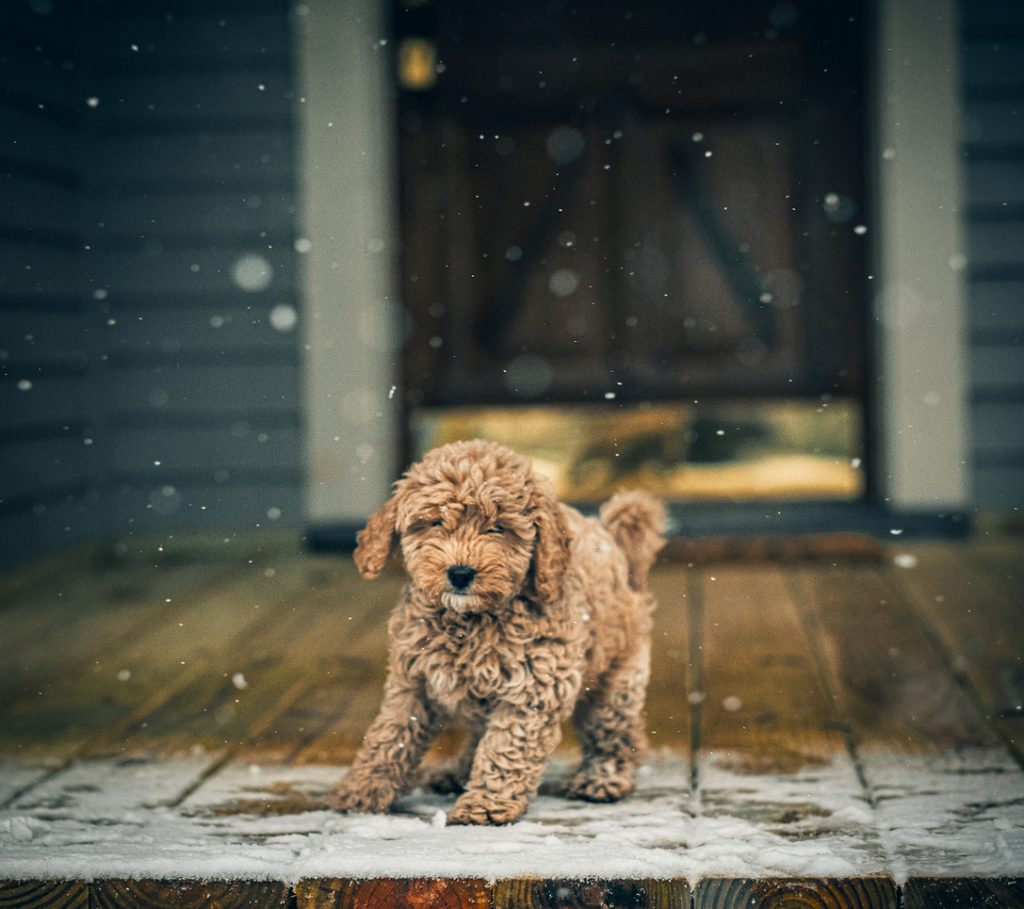
Like humans, dogs have a range of tolerance for cold and snow. Some dogs will go bounding out the door the moment you open it. They’ll frolic in the snow until you’re ready to take them back inside. Others may prefer to stay inside with a roaring fire.
Pay attention to your pet, and watch his cues. In many cases, he’ll tell you what he wants and when cold weather annoyances turn into cold weather hazards. Reluctance to stick his nose outside, even when you know he probably needs to go out to empty his bladder, could suggest that he doesn’t like the snow. Likewise, if your pet doesn’t seem to want to stay outside as long — or tries to pull back toward the house as you head out on your walks — you may want to reconsider how much time you’re spending outside with your dog.
Also, keep in mind that your dog, like you, will prefer to sleep in a warm, comfortable spot. If you usually keep your pet outside, you may want to consider bringing him inside for the night as temperatures drop. But if you can’t have your pet in the house, consider setting him up in a warm, comfortable spot in the garage. Then he can relax and stay warm through the night. For pets who don’t enjoy the outdoors but need to go out to take care of business, consider using a doggy sweater or coat to keep them more comfortable. You may want to have several on hand. Then you can be sure your pet has a warm, dry coat to wear whenever he goes outside. Just like you, he will benefit from being warm and cozy in the winter!
Hazard #5: Freezing Drinking Water
As temperatures dip below freezing, your pet may find it more difficult to get water. A frozen water bowl can be incredibly frustrating for your pet, especially if he’s thirsty after a long walk. Make sure that your pet’s water bowl stays full and liquid. Check it regularly, especially once temperatures drop below freezing. You may also want to consider keeping the water bowl in a warmer or more sheltered location. Then, it will be less likely to freeze.
Hazard #6: Toxic Chemicals
When you take your pet for a walk, he may pick up toxic chemicals on his paws. In snowy weather, many substances may stay at the top of the ground rather than absorbing into the ground like they would in warmer conditions. Wipe down your pet’s paws and legs when he comes inside. This will ensure that he won’t be able to lick off toxic chemicals.
Hazard #7: Freezing Cars
You know that leaving your pet in the car in the middle of summer, when temperatures climb rapidly, can quickly lead to death or severe illness. Many people, however, forget that the risk exists during the cold winter months. Consider leaving your pet at home when you have to go out to avoid the risk of freezing. Keep in mind that temperatures in cars can dip quickly. Once you turn the ignition off, the car won’t retain a substantial amount of heat.
It’s important to keep your pet protected all year long. But it’s even more important to keep your pet in mind during the winter months when temperatures drop and cold weather hazards abound. Make sure you’re protecting your dog’s health, including their joint health, by protecting them this winter. Do you need access to natural anti-inflammatory supplements that will help improve your dog’s joint health and mobility? Contact us today to learn more about what our supplements can offer.




